Color images are generally printed using four colors of cyan (C), magenta (M), yellow (Y), and black (K). The color synthesis principle is subtractive. We know that the three primary or three primary colors of the subtractive method are cyan, magenta, and yellow. However, the three theoretical colors of the three primary colors used in printing have the same theoretical three primary colors. Especially magenta and blue.
For example, the three primary color inks used for color mesh printing are mainly Japanese standards or European standards. Japan's standard three-color ink, the magenta ink hue according to C, M, Y ratio is roughly C23, M69; blue is C63, Y29; yellow is C3, M4, Y94. Obviously, only yellow is ideal in three colors.
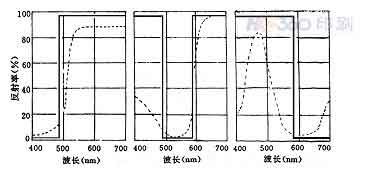
In multi-color printing, several colors are printed in order in a certain order. Each of the halftone colors has a different appearance in different areas of the image in highlights, midtones, and shadows. Among them, the colored dots of the highlight region appear to be juxtaposed with each other; the intermediate tones have both the appearance of the dot juxtaposition and the overlapping of the dot points. The dark tone mainly indicates that the dots overlap each other. Because the transparency of the ink is not very satisfactory, the color synthesis in each area is more complicated.

First of all, let's explain the principle that we can see the various colors presented by objects. When the object is exposed to light, it reflects or passes through the same hue as its own color, or it can synthesize a color of this color, and absorbs complementary colors that are irrelevant to itself. The surface of the transparent object simultaneously transmits and reflects the same color light or inter-color. Here take C (Cyan) as an example. The incident light white light (RGB) first reflects the inter-color (GB) of the hue of the ink on the surface of the dot, absorbs the complementary color (R), and the remaining interspersed color (GB) passes through the ink layer to reach the paper surface and is reflected again. The green (G) and green (G) and blue (B) mixtures of cyan (C) are still reduced to cyan (C). M (magenta) and yellow (Y) are the same as in the case of Cyan. At the same time, there are a large number of blank areas in the highlight area, and these areas will still reflect the incident white light out of white.
There are both parallel and overlapping outlets. Let's look at the overlapping of yellow and green. The incident white light first reflects the yellow color (RG) on the yellow ink surface, absorbs the complementary color of yellow, and the rest reflects the complementary color of the blue ink when it reaches the surface of the blue ink. Since the blue in the blue ink complement has been absorbed by the yellow ink, only the green remains. The rest of the green color continues to reach the paper surface through blue ink and is reflected again. Because the transparency of the ink is not ideal, and the inherent color hue of the ink is impure, the color formed by the three-color ink overprinting is not true black but dark brown. Therefore, it is necessary to add a black color in actual printing to make up for the shortage of three primary color ink printing, thus forming a four-color printing system of CMYK.
If you are walking in a park or in your own backyard, you can't help but stop and gaze at the small Water Fountain since it appears to be so healing. This circular garden water feature gives a modern garden space a sophisticated feel by giving it a fantastic industrial edge. The elevated, flat steel bed that makes up the garden water feature is completely submerged in water, bringing out the lovely tones of the worn steel below. A babbling spring of water bubbles up from the center of the bed and, when it falls, creates a ripple of concentric circles in the pool. The edge of the bed is lapped by pool water. made of naturally self-rusting corten steel, which doesn't need painting or upkeep to maintain its visual appeal without compromising its structural strength.
Adaptable contemporary design for both indoor and outdoor spaces
has all you need; there is no need for additional purchases.
| Name |
Corten Steel Garden Water Feature |
| Material | Corten steel |
| Size | 1200*400*1200mm or customized |
|
Surface |
Pre-rusted |
|
Technology |
Laser cut |
|
Application |
Outdoor |
| Steel thickness | 2 mm |
| Packing |
Pallet |
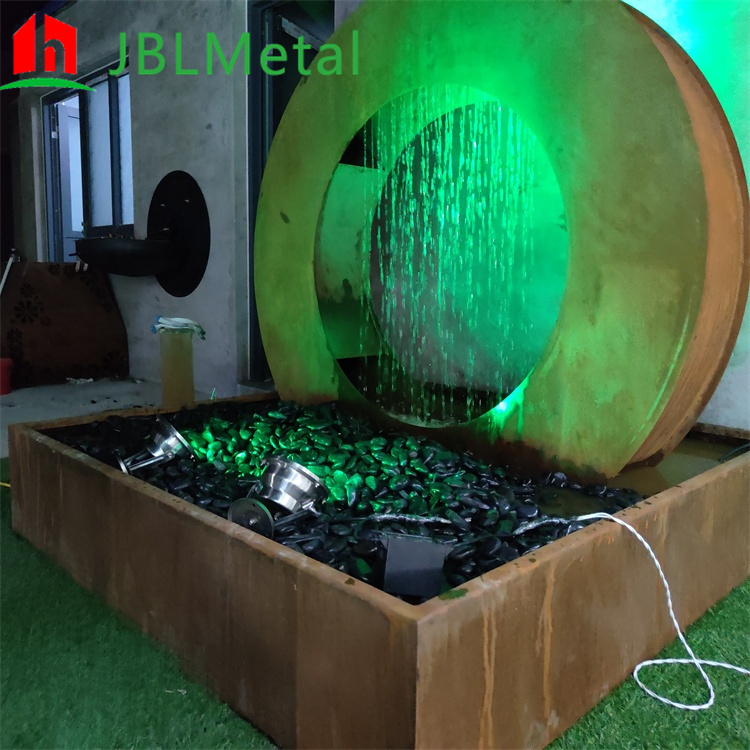
Features:
1. Corten steel - creates a durable, self-protecting rust that doesn't need painting or maintenance and offers a chic look without sacrificing structural strength.
2. Cascading blade: emits a lovely water sheet
3. The cascade's white LED light, which is integrated, illuminates the feature.
4. Appropriate for outdoor use.
5. Self-sufficient, requiring no ongoing water supply
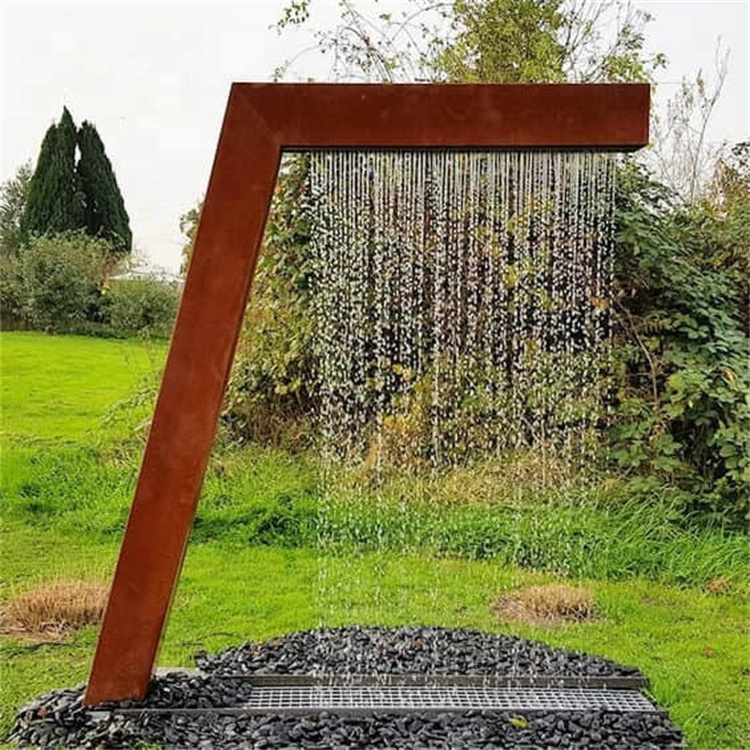
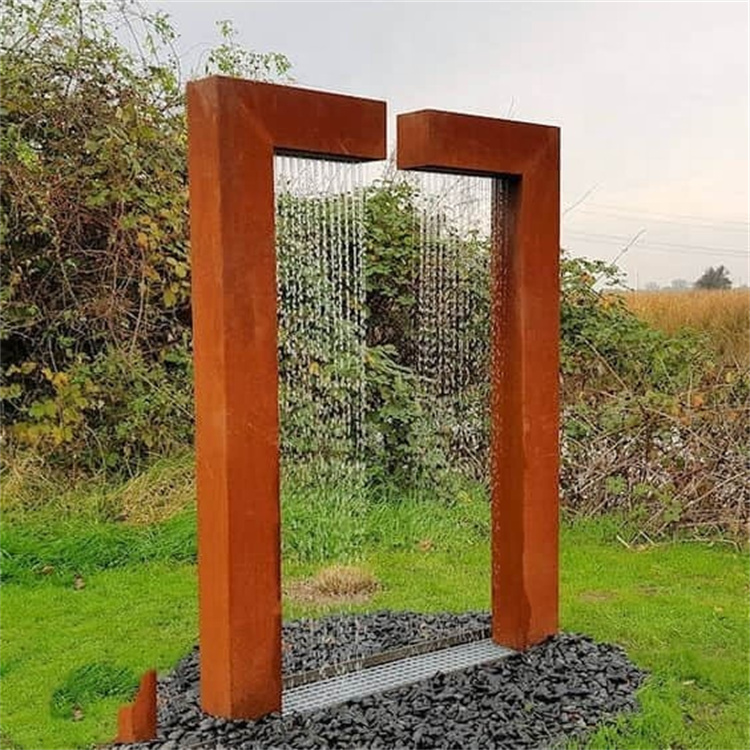
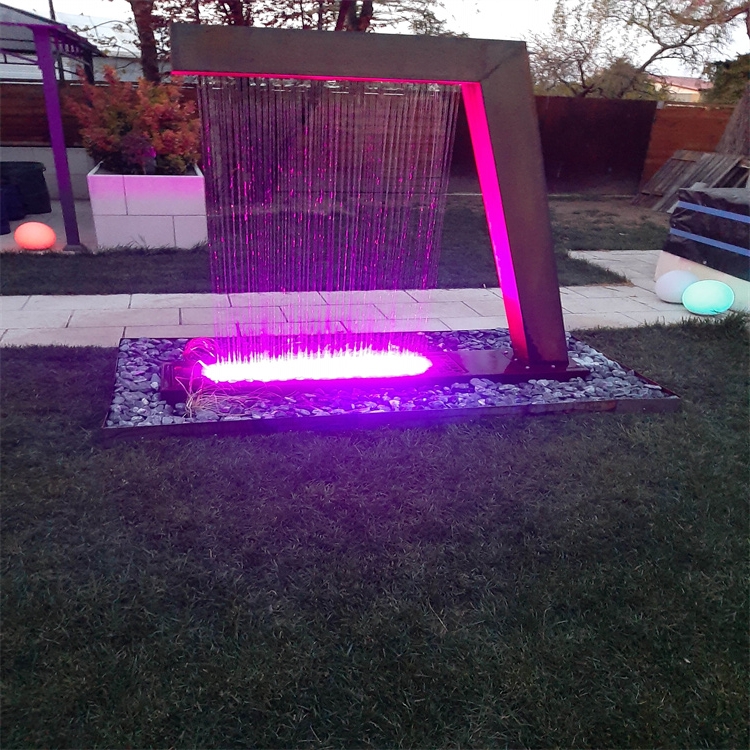
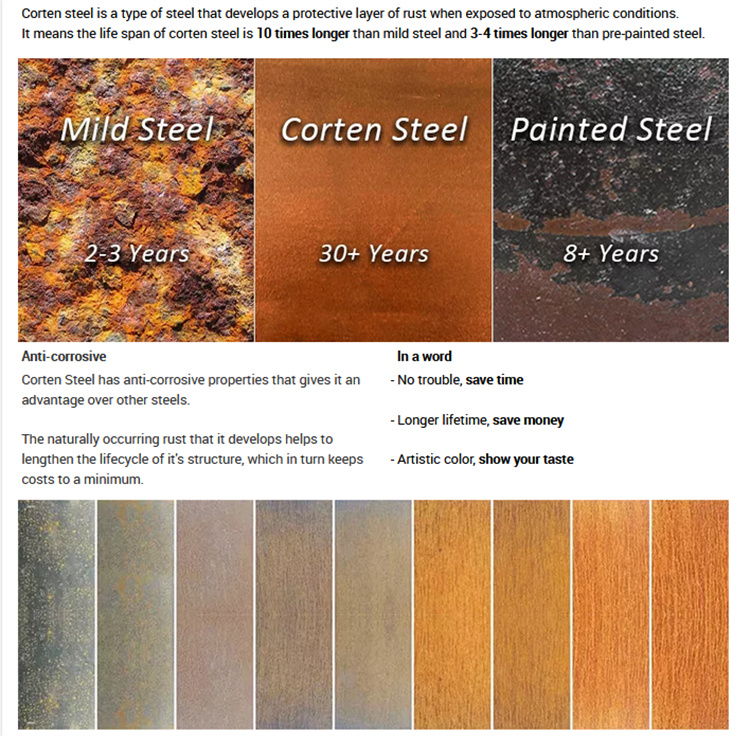
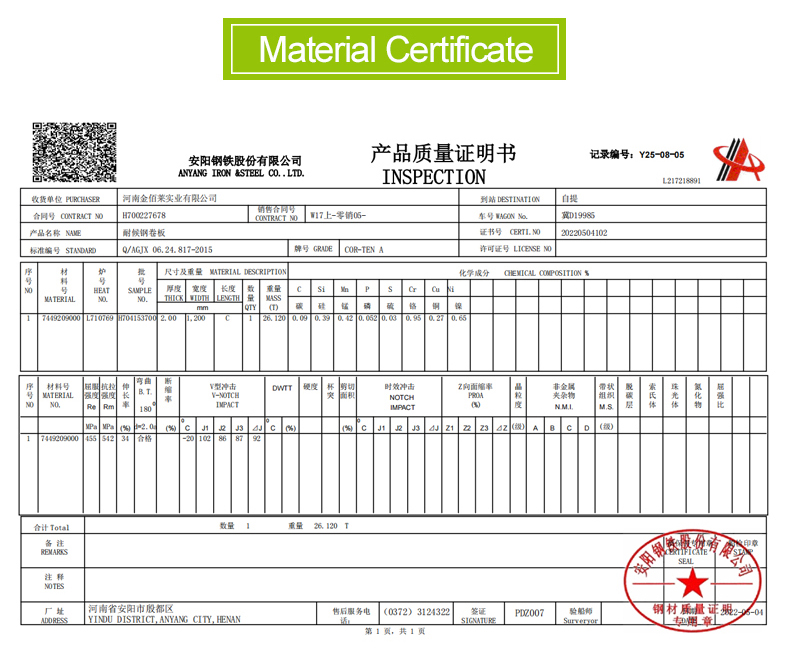
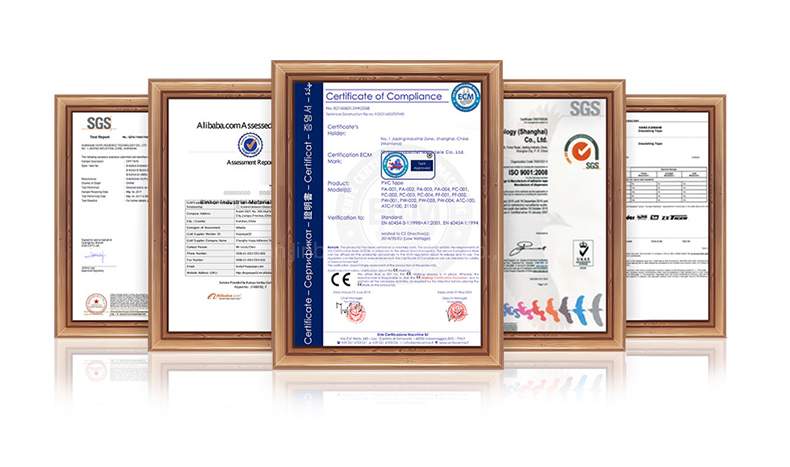
Water Feature,Garden Water Features,Backyard Water Feature,Patio Water Features
Henan Jinbailai Industrial Co.,Ltd , https://www.jblfirepits.com